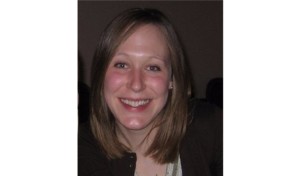The Environmental & Plant Biology Colloquium Series presents Dr. Lauren Sullivan on “Ecological Causes and Consequences of Plant Dispersal” on Friday, Dec. 4, at 11:50 a.m. in Porter Hall 104.
Dr. Sullivan is a Postdoctoral Researcher at the University of Minnesota.
Abstract: Dispersal is an important part of the plant life cycle, as it allows for the movement of genes and species on the landscape, competition avoidance, and finding suitable environments for germination and growth. Plants live in a complex spatial landscape, where they interact with both biotic and abiotic factors that can influence how far seeds disperse. Soil-available resources can alter how plants allocate to reproduction and dispersal, while herbivores consume and disperse seeds through zoochory. To understand how plants coexist on a spatial landscape, we need accurate information about dispersal distances, as well as how environmental factors influence this dispersal. The tiny nature of seeds makes the quantification of dispersal difficult, however, there are many techniques for measuring and estimating dispersal, including visually tracking seeds, parameterizing dispersal models, measuring establishment distances, etc. In my work, I use these approaches to determine what factors influence plant movement. I found that both soil nutrients and plant herbivores alter the movement abilities of plants through different mechanisms. Added soil resources tend to favor the dispersal of dominant species in the community, while herbivores influence the dispersal of some species by altering their dispersal traits. I am currently using theoretical models to predict the consequences of this dispersal for estimating how plants invade novel habitats when interacting with different guilds of herbivores. I am also beginning work on a project that uses genetic parentage analysis to measure how far grassland plants are moving by pollen and seed, and then determining the resultant consequences of this movement for connectivity of Minnesotan grassland fragments. This is work in collaboration with the Minnesota DNR and Nature Conservancy, and will be used to inform restoration managers on precision prairie restoration techniques.




















Comments